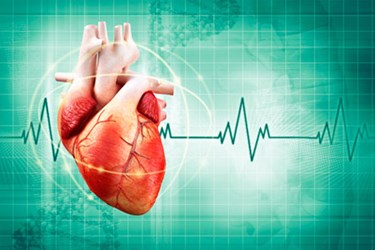A Noninvasive, Ultrasound-Based Pacemaker?

New research indicates that ultrasonic waves can stimulate rhythm in heart cells. Though feasibility investigations of an ultrasound-based pacemaker is still at the earliest stages, scientists believe this technology could offer a new option in cardiac pacing that does not carry the same risks as an implantable device.
Though some temporary and external options exist, pacemakers are commonly implanted during a surgical procedure that connects wires to heart tissue and places a small battery-operated generator under the skin. According to the Mayo Clinic, complications are relatively rare, but allergic reactions, infections, vessel damage, and heart tissue punctures have been known to occur during surgery.
Recent pacemaker research has been directed at removing the wire leads entirely, and both Medtronic and St. Jude Medical introduced leadless models last year that the manufacturers market as minimally invasive.
Now, scientists from Drexel University believe they may be able to design pacemakers that are completely noninvasive using ultrasound technology.
In a study published in the Journal of Applied Physiology, researchers examined the effects of ultrasound on rat neonatal cardiomyocytes. They found that low (2.5 MHz) frequency ultrasound had a modulating effect on the rate of contraction in the cultured tissue. Using a specially designed probe, they tested .02 W/cm2 given in 1 ms-long pulses every 300 milliseconds and found that it was most effective at increasing beat frequency.
“In 57 of 99 trials, there was a noted average increase in beat frequency of 25 percent with 8 second exposures to ultrasonic pulses. Of the acoustic power tested, the lowest level of acoustic intensity and shortest pulse duration proved most effective at increasing the electrophysiological responsiveness and beat frequency of cardiomyocytes,” said the study authors.
According to a press release, the technology could prove useful in temporary pacing in both emergency and nonemergency situations, such as for a heart attack or emergency life support. Because the device can be used outside the body, it avoids the risks associated with surgically implanted devices.
“While at present it is unclear if prolonged capture and pacing of the myocardium with acoustic energy is possible, such technology could greatly impact the clinical practice of cardiology,” said the researchers.
